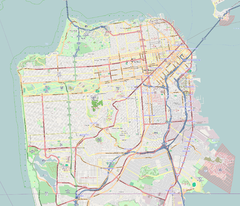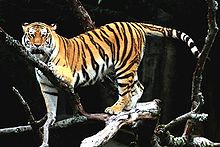The lathe of a Campaign Headquarters that Opened in California,
the day that a Vote meant to go and Volunteer,
the Men it Men of a Time in Ages gone,
those phones ringing on hard-lines,
touching that cardboard,
the sign.
Then the years passing sing became the lyrics California never did lean,
people went on about their business,
voices weren't lost,
lives carried on,
nothing really note Able bore a Roll as the pot grew.
Dash was a spice and the drought was 1976,
dry eyes wet tubs ranged from sponge baths to going a lawn flush to water the flowers.
Learning the adventure of the yard,
dust blew more than usual however I lived in the city at address,
815 out in the Avenues,
the Richmond District had its Ream.
Bound by Muni and that Transfer,
what fun it was to ride my pony Freckles,
Golden Gate Park the trips and the Trails of what had become my silent roam.
A visit to oversea,
the Opera and a Harpist that threw the Symphony a song,
Trains, Planes and Automobiles,
no,
the Ferry from one place to another and that lost Diaper bag made for Hot conversation.
The luggage was an interesting stunner,
tiny car with 10 traveling buckled puts to clothes that would see Ireland that quilt state,
oh for the castle bringing a suburbia hotel reach,
those rides in the fathom to pasture,
twin ponies and shall we finish by saying that 1976 was a by^Cent^tin^Knee^yo^Ole Par^tea.
Bald Eagle, US National Emblem
Benjamin Franklin wrote:
I wish that the bald eagle had not been chosen as the representative of our country, he is a bird of bad moral character, he does not get his living honestly, you may have seen him perched on some dead tree, where, too lazy to fish for himself, he watches the labor of the fishing-hawk, and when that diligent bird has at length taken a fish, and is bearing it to its nest for the support of his mate and young ones, the bald eagle pursues him and takes it from him.... Besides he is a rank coward; the little kingbird, not bigger than a sparrow attacks him boldly and drives him out of the district. He is therefore by no means a proper emblem for the brave and honest. . . of America.. . . For a truth, the turkey is in comparison a much more respectable bird, and withal a true original native of America . . . a bird of courage, and would not hesitate to attack a grenadier of the British guards, who should presume to invade his farmyard with a red coat on.

Franklin was clearly against the eagle and let everyone know it. Likewise, the artist John James Audubon agreed with this opinion of the bald, or white-headed, eagle.
I wish that the bald eagle had not been chosen as the representative of our country, he is a bird of bad moral character, he does not get his living honestly, you may have seen him perched on some dead tree, where, too lazy to fish for himself, he watches the labor of the fishing-hawk, and when that diligent bird has at length taken a fish, and is bearing it to its nest for the support of his mate and young ones, the bald eagle pursues him and takes it from him.... Besides he is a rank coward; the little kingbird, not bigger than a sparrow attacks him boldly and drives him out of the district. He is therefore by no means a proper emblem for the brave and honest. . . of America.. . . For a truth, the turkey is in comparison a much more respectable bird, and withal a true original native of America . . . a bird of courage, and would not hesitate to attack a grenadier of the British guards, who should presume to invade his farmyard with a red coat on.
Franklin was clearly against the eagle and let everyone know it. Likewise, the artist John James Audubon agreed with this opinion of the bald, or white-headed, eagle.
The bald eagle was chosen June 20, 1782 as the emblem of the United States of American, because of its long life, great strength and majestic looks, and also because it was then believed to exist only on this continent.
On the backs of our gold coins, the silver dollar, the half dollar and the quarter, we see an eagle with outspread wings.
On the Great Seal of the United States and in many places which are exponents of our nation's authority we see the same emblem.
The eagle represents freedom. Living as he does on the tops of lofty mountains, amid the solitary grandeur of Nature, he has unlimited freedom, whether with strong pinions he sweeps into the valleys below, or upward into the boundless spaces beyond.
On the backs of our gold coins, the silver dollar, the half dollar and the quarter, we see an eagle with outspread wings.
On the Great Seal of the United States and in many places which are exponents of our nation's authority we see the same emblem.
The eagle represents freedom. Living as he does on the tops of lofty mountains, amid the solitary grandeur of Nature, he has unlimited freedom, whether with strong pinions he sweeps into the valleys below, or upward into the boundless spaces beyond.














